
How to Mine Monero and Is It Profitable?

Click here to buy Cryptocurrencies from Gate.io
Cryptocurrency mining has become an increasingly popular way to earn passive income and contribute to the decentralized networks that power these digital assets. Monero (XMR), in particular, has gained significant attention due to its focus on privacy and decentralization.
If you're considering Monero mining in 2024, this comprehensive guide will provide all the information you need to determine its profitability and start your mining journey.
Understanding Monero (XMR)
Monero is a privacy-focused cryptocurrency that was launched in 2014. It is designed to give users anonymity by ensuring that transactions cannot be traced or tracked.
Unlike Bitcoin, where transaction details are visible to everyone on the network, Monero transactions are completely private. This makes it a popular choice for individuals who value financial privacy.
Monero is also considered the largest privacy coin in the industry. It has experienced significant growth, reaching an all-time high of around $517.62 during the 2021 bull market.
Despite facing regulatory challenges and delistings on major crypto exchanges, Monero continues to maintain a strong presence in the cryptocurrency market.
The Basics of Monero Mining
Monero mining is the process of validating transactions on the Monero network and adding them to the blockchain. Miners use their computational power to solve complex mathematical puzzles, and in return, they are rewarded with newly minted Monero coins.
This process is known as proof-of-work (PoW) mining, which is essential for maintaining the security and integrity of the Monero network. Unlike Bitcoin, which relies on the SHA-256 algorithm for mining, Monero uses a unique algorithm called RandomX.
This algorithm is designed to be ASIC-resistant, meaning that specialized mining hardware cannot be used to gain an unfair advantage. As a result, Monero mining can be done using consumer-grade hardware, such as CPUs and GPUs.
Solo Mining vs. Pool Mining
When it comes to Monero mining, miners have the option to mine solo or join a mining pool. Solo mining involves independently validating transactions and attempting to mine a block independently.
While solo mining can potentially yield higher rewards, it requires substantial computational power and may take a long time to find a block, making it less suitable for beginners.
On the other hand, pool mining involves joining a group of miners who combine their computational resources to increase their chances of mining a block.
When a block is successfully mined, the rewards are distributed among the pool members based on their contributed computational power. Pool mining provides more consistent and frequent payouts, making it a popular choice for most miners.
Factors Affecting Monero Mining's Profitability
Before diving into Monero mining, it's essential to consider several factors that can affect its profitability. These factors include:
Hashrate: The hashrate refers to the computational power dedicated to mining Monero. A higher hashrate increases the chances of successfully mining a block and earning rewards.
Power Consumption: Mining requires a significant amount of electricity, and the cost of electricity can impact your profitability. Minimizing power consumption through efficient hardware and cost-effective electricity sources is crucial.
Mining Difficulty: The mining difficulty adjusts dynamically to maintain a consistent block generation time. Higher mining difficulty means more computational power is required to mine a block, which can impact profitability.
Hardware Costs: The initial investment in mining hardware can significantly impact profitability. It is important to consider the cost of CPUs or GPUs and their efficiency in terms of hashrate and power consumption.
Pool Fees: If you choose to mine in a pool, you'll need to consider the fees charged by the pool operator. These fees typically range from 0% to 2% of the mining rewards.
Considering these factors and performing thorough calculations using Monero mining profitability calculators can help you estimate your potential earnings and determine if mining Monero is financially viable for you.
Click here to buy Cryptocurrencies from Gate.io
Monero Mining Hardware
Monero mining can be done using both CPUs and GPUs, although CPUs are generally more efficient for mining this cryptocurrency.
Monero's ASIC resistance ensures a level playing field for all miners, unlike Bitcoin, which is now dominated by specialized ASIC mining hardware.
When selecting hardware for Monero mining, it's essential to consider factors such as hashrate, power consumption, and cost-effectiveness.
CPUs with multiple cores and high clock speeds are favored for Monero mining. Popular CPU models for mining include AMD Ryzen and Intel Core processors.
AMD Radeon graphics cards are generally preferred for GPU mining due to their high computational power and cost efficiency. However, it's crucial to research the specific models and compare their hashrates and power consumption to make an informed decision.
Mining Software for Monero
To begin mining Monero, you'll need suitable mining software that is compatible with your chosen hardware. The Monero Project provides two official options for mining: the Monero GUI Wallet and the Monero CLI (Command Line Interface).
The Monero GUI Wallet is a user-friendly graphical interface that allows you to mine Monero using your CPU. It is suitable for beginners who prefer a more straightforward setup and intuitive mining experience.
The Monero CLI, on the other hand, is a command-line interface that provides more flexibility and control over the mining process. It is recommended for advanced users who are comfortable with command-line interactions and want to mine using CPUs or GPUs.
If you choose to mine in a pool or with GPU hardware, you'll need dedicated mining software compatible with your setup. Popular mining software options for Monero include XMRig and CSminer. You must download these software packages from trusted sources to avoid any security risks.
Choosing a Monero Mining Pool
When mining Monero in a pool, choosing a reputable and reliable mining pool that suits your preferences is important. A mining pool is a group of miners who combine their computational power to increase their chances of mining a block.
Consider factors such as the pool's hashrate, fee structure, payout frequency, and reputation when selecting a mining pool.
Some popular Monero mining pools include Minergate, 2Miners, and SupportXMR. Researching and comparing different pool options can help you find the one that aligns with your mining goals.
Also Read - Cloud Mining Simplified
Monero Mining Profitability in 2024
Determining the profitability of Monero mining in 2024 requires careful consideration of various factors, including the ones mentioned earlier.
While Monero mining can be financially rewarding, it's important to remember that cryptocurrency markets are highly volatile, and profitability can fluctuate.
To assess the profitability of Monero mining, consider your hardware costs, electricity expenses, mining difficulty, and the current price of Monero. Additionally, monitor market trends and monitor any regulatory developments that may impact Monero's value and demand.
While profitability is a significant consideration, supporting the Monero network and contributing to its decentralization is crucial. Many miners view their mining operations as a long-term investment in the future of Monero and the broader cryptocurrency ecosystem.
Also Read - Best and Profitable Crypto to Mine
Securing and Storing Monero
Once you have successfully mined Monero or acquired it through other means, securing and storing your XMR coins is crucial. As a privacy-focused cryptocurrency, Monero offers several wallet options that prioritize the confidentiality of your funds.
The Monero GUI Wallet and Monero CLI Wallet, provided by the Monero Project, are recommended for storing Monero securely. These wallets allow you to generate a private key and address, which are essential for accessing and managing your XMR coins.
Additionally, there are other reputable third-party wallet options available, such as the Trezor Model T hardware wallet and the Guarda Wallet. These wallets provide enhanced security features and support for multiple cryptocurrencies, including Monero.
Remember to follow best practices for securing your wallets, such as enabling two-factor authentication, keeping your private keys offline, and regularly updating your wallet software to protect against potential vulnerabilities.
The Future of Monero Mining
As with any cryptocurrency, the future of Monero mining is subject to various factors, including technological advancements, regulatory developments, and market trends.
While it's challenging to predict the exact trajectory of Monero mining, several factors suggest a positive outlook. Monero's commitment to privacy and decentralization continues to resonate with users who value financial autonomy and security.
As the demand for private and untraceable transactions grows, the utility and value of Monero may increase, potentially benefiting miners.
However, it's important to stay informed about regulatory developments and any potential challenges that may arise due to increased scrutiny of privacy-focused cryptocurrencies.
Adapting to changing market conditions and remaining vigilant about profitability and mining strategies will be crucial for successful Monero mining in the future.
Conclusion
Monero mining offers an opportunity to earn passive income while supporting the privacy-focused ethos of the cryptocurrency.
You can embark on a rewarding mining journey by understanding the basics of Monero mining, considering profitability factors, selecting suitable hardware and software, and securing your XMR coins.
Conduct thorough research, assess profitability regularly, and stay informed about market trends and regulatory developments.
With careful planning and a commitment to the principles of Monero, you can contribute to the decentralized network and potentially reap the rewards of Monero mining in 2024 and beyond.
Disclaimer
The information provided on this website does not constitute investment advice, financial advice, trading advice, or any other advice, and you should not treat any of the website's content as such.
Token Metrics does not recommend buying, selling, or holding any cryptocurrency. Conduct your due diligence and consult your financial advisor before making investment decisions.
Click here to buy Cryptocurrencies from Gate.io

.svg)

Create Your Free Token Metrics Account

.png)




%201.svg)
%201.svg)


%201.svg)




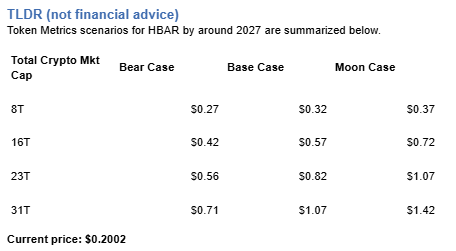

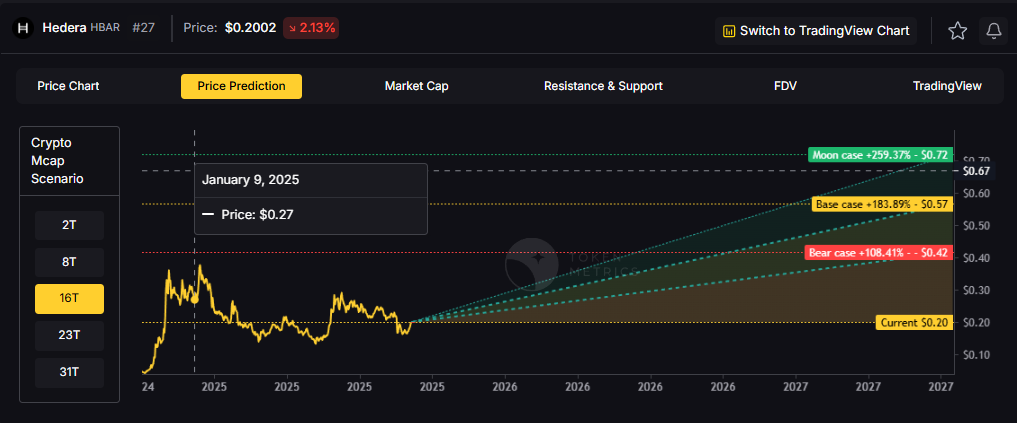


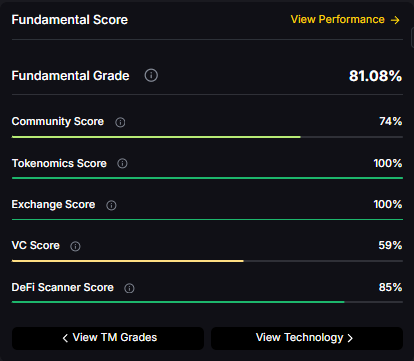
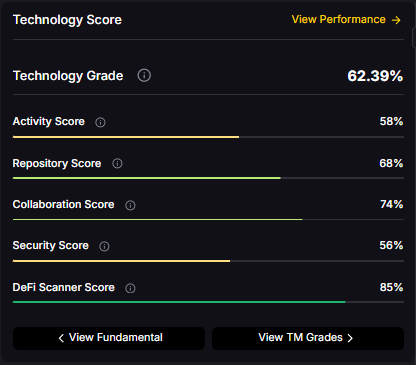


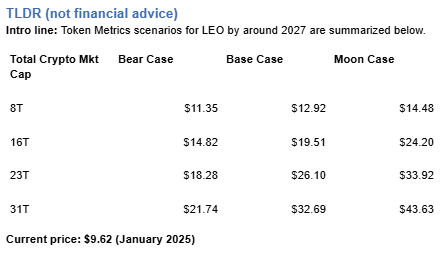
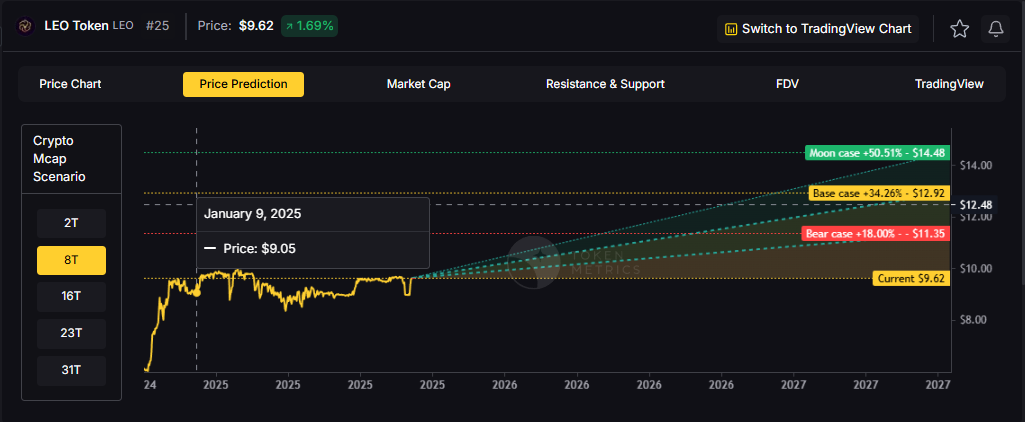
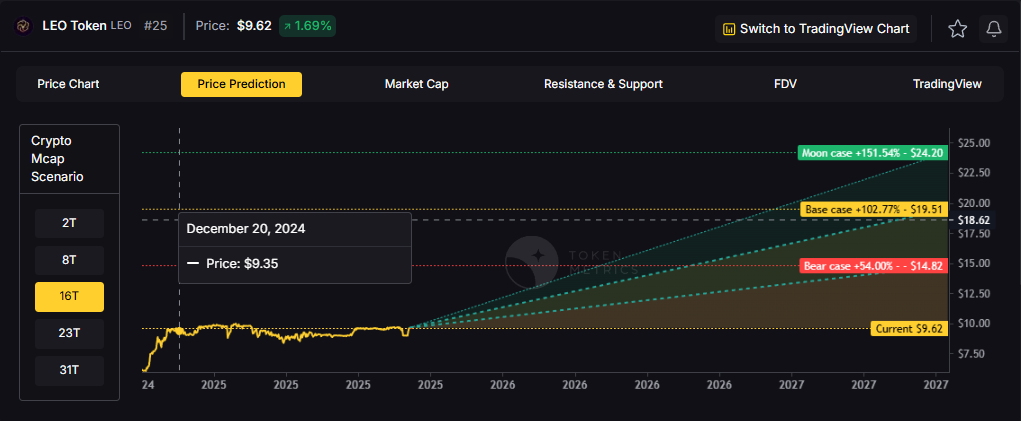

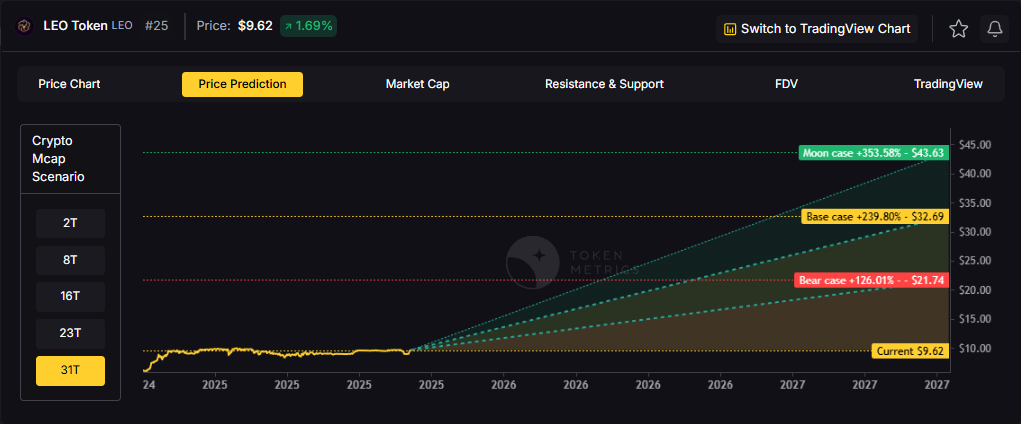
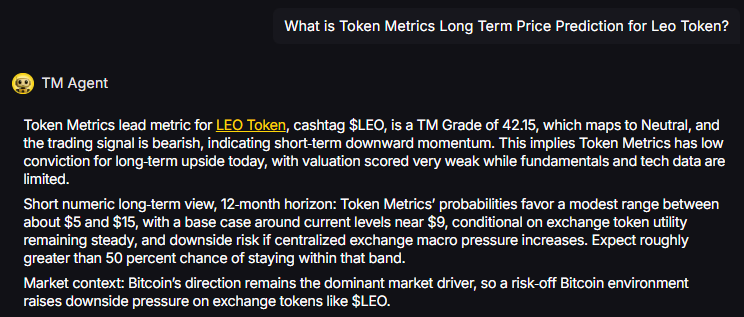

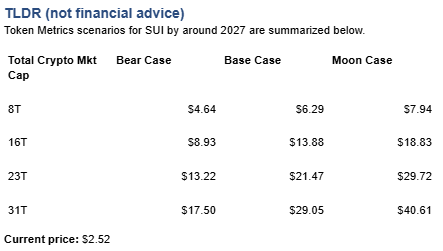



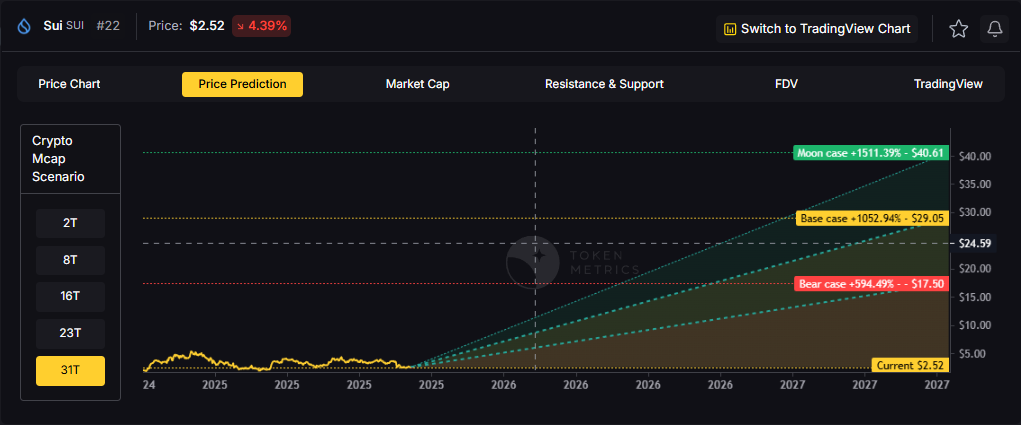
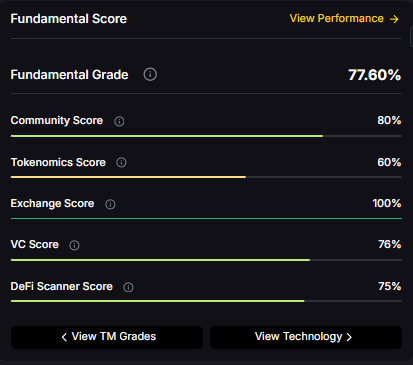





.svg)




.png)